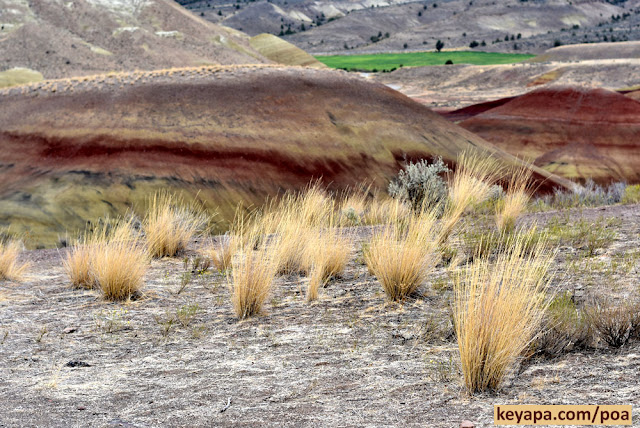 |
| New Mexico |
I used to pine for the tropics.
I missed the warm weather and amazing biological diversity that was a common part of my life when I was younger. Many of the things I was passionate about were nowhere to be seen in temperate areas, which was where I found myself the last few decades due to work or family. Thus, I usually had to wait for vacations and trips to find those plants and animals that had grabbed my interest.
There are temperate aroids here in the East Coast, but none of the large exotic Meconostigma that I specialized in. There are no large banyan trees with their amazing buttresses and surreal aerial roots, nor exotic insects or predatory stomatopods.
It came to a point where I was planning vacations based solely on whether I could spend some time looking for and studying my passion at the time.
 |
| New Hampshire |
But this all changed when I discovered my fascination with the Poaceae.
Grasses can be found quite literally almost everywhere. They inhabit every continent, including Antartica, and can be found in every type of habitat and ecosystem on Earth. And not just in small ones and twos either, but in many cases in numberless masses that blanket entire fields and hillsides.
 |
| Florida |
So now I can indulge in my fascination with this plant family almost 365 days of the year, although winter does bring with it the near cessation of growth of all vegetation in these norther climes. No longer do I need to miss the beauty of boreal and temperate landscapes because of my near obsession with warmer travels.
I have at last found a perfect obsession, one which rewards my curiosity and desire for learning and discovery each and every day.
 |
| Oregon |

















